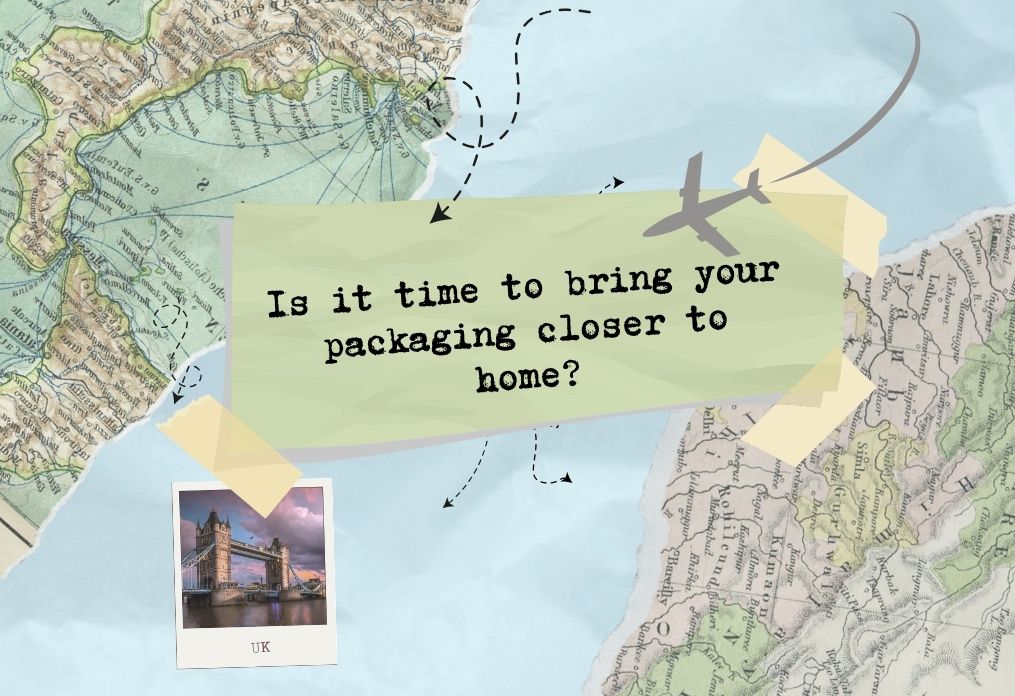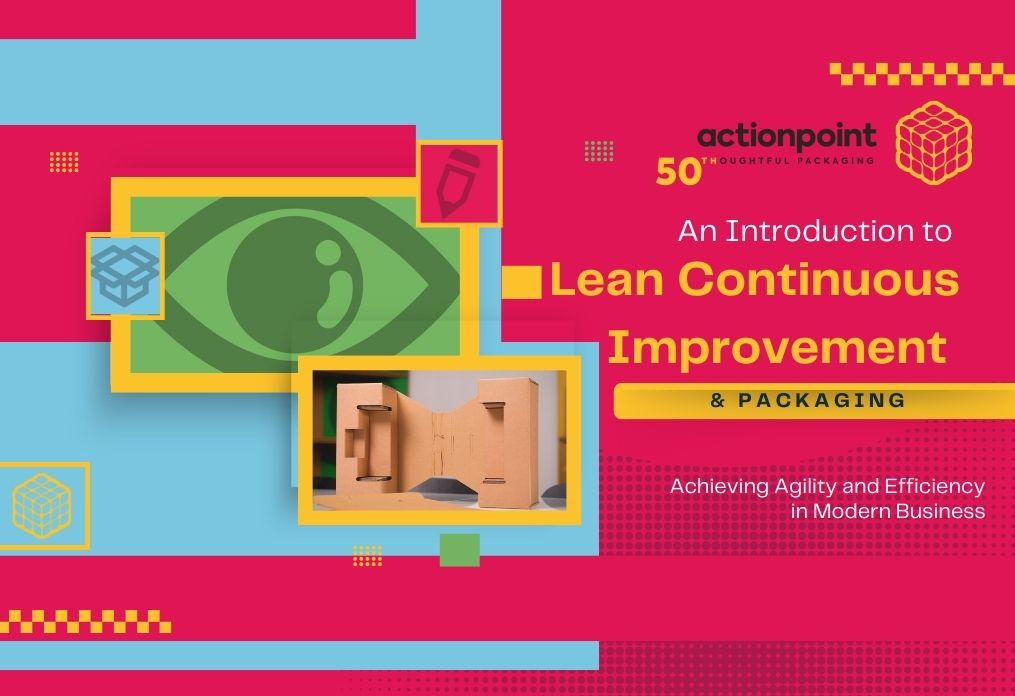Consumers’ unboxing experiences have become very public – and powerful – events. Vast numbers of internet users now post videos of their unboxing experiences online. These often gain millions of viewers and followers and offer a powerful opportunity for your brand and your products to gain positive influential publicity.
Customers are focusing more than ever on the experience of receiving a product – including its packaging; how it is wrapped, boxed and delivered. For many consumers, the first time they actually hold your brand or product in their hands is when it is delivered to their doorstep.
So, you could get great results by considering the unboxing experience in your packaging design! There are several factors to consider.
Firstly, who is your audience? And what are they expecting? Sleek technology? Minimal packaging? Colourful toys? Your packaging needs to reflect your product and your brand – but also mirror the expectations of your audience.
Even in an unboxing video, your packaging is often the first impression a consumer gets of your product and brand story. First impressions really count.
It’s better if the unboxing videos that your customers create last several minutes and keep their viewers engaged. Longer viewing times increase the amount that viewers learn about your product. Creativity and lots of colour can help this. In some settings tinsel, confetti, streamers or balloons work really well.
One of the most powerful aspects of unboxing videos is the ‘ripple effect’. An unboxing video posted by a friend is often shared to a whole group of further friends, and spreads exponentially each time it is shared. This can reach and influence massive numbers of new potential customers for your product.
It pays dividends to make every stage of your unboxing process surprising, exciting and photogenic!




